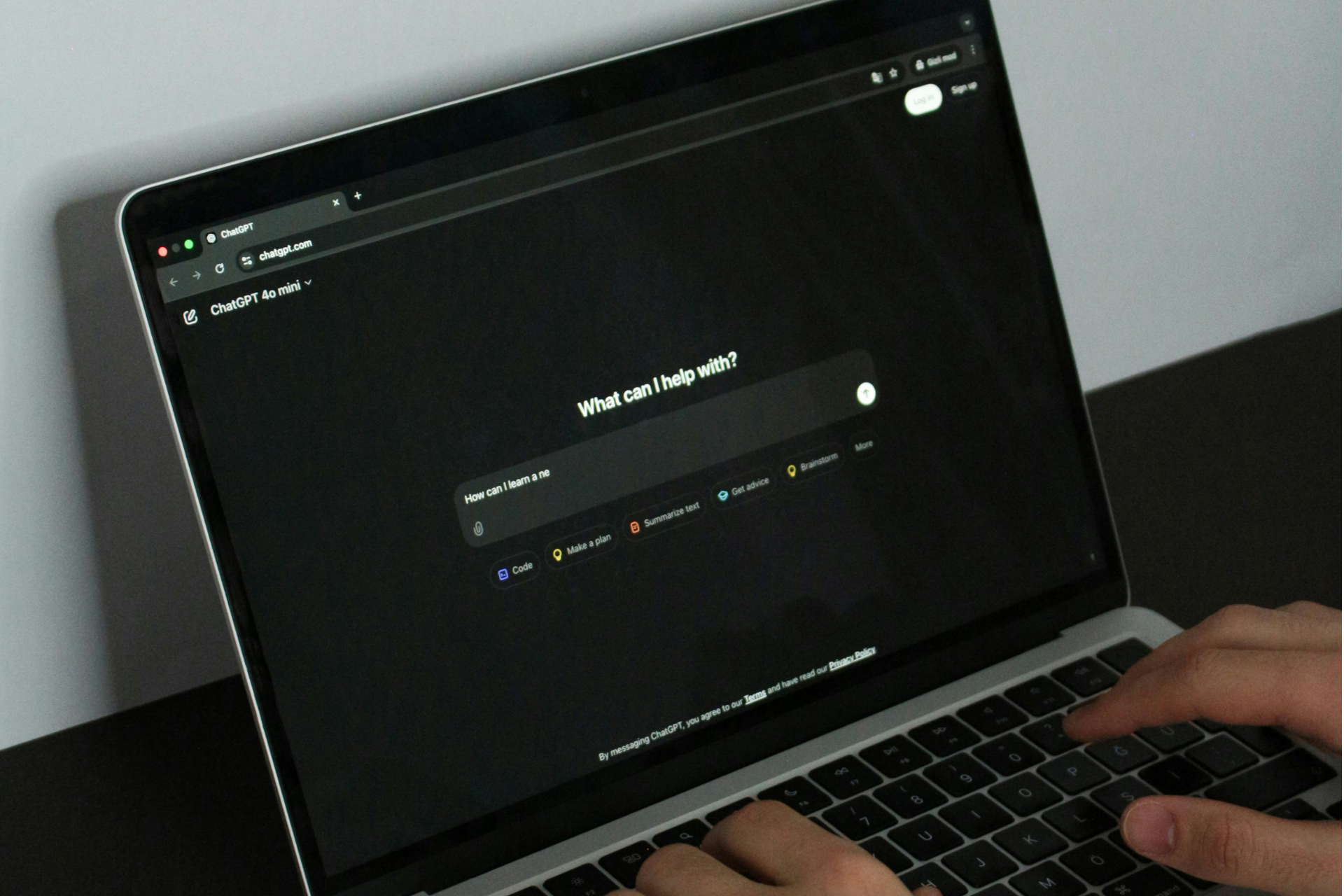Most companies are burning money on AI prompts that don't work.
They treat AI like a search engine. Type in a question, expect magic. When the output disappoints, they blame the technology.
The real problem? Their prompting strategy is broken.
I've identified a pattern in how successful organizations approach AI differently. They use what I call the CATS framework: Context, Angle, Task, Style.
This isn't another theoretical model. It's a practical system that transforms how you interact with AI tools.
The Hidden Cost of Bad Prompts
Context engineering is crucial for AI performance. When you provide comprehensive background information, including memory functions, prior instructions, conversation history, and examples, you enable AI to generate more relevant and accurate responses.
Most people skip this step entirely.
They write: "Write a marketing email."
Then wonder why the output feels generic and useless.
The AI doesn't know your audience, brand voice, campaign goals, or success metrics. You've given it nothing to work with.
This creates a massive productivity gap. Companies that master effective AI prompting techniques gain a significant competitive advantage, while those using ineffective methods fail to realize AI's potential.
The gap widens every day.
Breaking Down the CATS Framework
The CATS framework solves this by giving you four specific areas to address in every prompt.
Let me walk you through each component.
C: Context Sets the Foundation
Context is everything the AI needs to understand your situation.
Think of it as briefing a new team member. What background information would they need to do good work?
Include these elements:
- Your role and industry
- Specific project details
- Relevant constraints or requirements
- Examples of desired outcomes
- Any previous relevant conversations
Instead of: "Write a product description."
Try: "I'm a marketing manager at a B2B software company. Write a product description for our new project management tool targeting small business owners who currently use spreadsheets. The description should be 150 words, focus on time-saving benefits, and match our conversational brand tone."
The difference in output quality is dramatic.
A: Angle Defines Your Perspective
Angle tells the AI what lens to use when approaching your request.
This is where you specify the viewpoint, expertise level, or approach you want.
Examples of effective angles:
- "From the perspective of a skeptical CFO..."
- "Using a data-driven approach..."
- "As an expert consultant would explain to a beginner..."
- "With a focus on practical implementation..."
The angle shapes everything that follows. It determines vocabulary, depth, examples, and recommendations.
T: Task Specifies Exact Requirements
Task is your specific request, broken down into clear, actionable components.
Vague tasks produce vague results. Specific tasks produce useful outputs.
Poor task definition: "Help me with social media."
Strong task definition: "Create five LinkedIn post ideas about remote team management. Each post should include a hook, three key points, and a call-to-action. Format as bullet points with character counts."
An iterative approach to AI interaction is recommended. You should refine prompts if initial responses are unsatisfactory by requesting specific changes or providing additional clarifying details.
Don't accept mediocre first attempts. Push for better.
S: Style Controls the Output Format
Style determines how the AI presents information.
This includes tone, format, length, structure, and any specific requirements about presentation.
Style specifications might include:
- Tone (professional, casual, authoritative)
- Format (bullet points, paragraphs, tables)
- Length (word count, character limits)
- Structure (introduction-body-conclusion, problem-solution)
- Special requirements (include statistics, avoid jargon)
The more specific your style requirements, the more useful your output becomes.
Putting CATS Into Practice
Here's how a complete CATS prompt looks in action:
Context: "I'm preparing a quarterly business review for our executive team. Our customer acquisition costs increased 40% this quarter while conversion rates dropped 15%. The team is concerned about marketing efficiency."
Angle: "From the perspective of a data-driven marketing director who needs to present solutions, not just problems."
Task: "Create a 10-minute presentation outline that explains the CAC increase, identifies three potential causes, and proposes specific action items for next quarter. Include suggested talking points for each section."
Style: "Professional tone, bullet-point format, with clear section headers. Each talking point should be one sentence. Include placeholder spots for relevant charts or graphs."
This prompt gives the AI everything needed to produce genuinely useful output.
The Professional Distance Factor
Despite AI's conversational abilities that can feel human-like, maintaining professional distance is important. Effective AI utilization requires maintaining awareness of the tool's nature rather than treating it like a human colleague.
AI excels at pattern recognition and information synthesis. It struggles with true creativity, emotional intelligence, and complex reasoning.
Use it as a sophisticated tool, not a thinking partner.
Set clear boundaries about what you expect AI to handle versus what requires human judgment.
Implementation Strategy
Start implementing CATS with these steps:
Week 1: Practice adding context to your existing prompts. Before sending any request, ask yourself: "What background information is missing?"
Week 2: Experiment with different angles for the same task. Try "explain like I'm a beginner" versus "assume expert knowledge" and compare results.
Week 3: Make your task specifications more detailed. Instead of "write an email," specify purpose, audience, length, and desired outcome.
Week 4: Refine your style requirements. Test different tones, formats, and structures to see what works best for your needs.
Track which prompts produce the most useful outputs. You'll quickly identify patterns that work for your specific use cases.
The Competitive Reality
Organizations that master these techniques can leverage AI for increased productivity while their competitors struggle with generic outputs and wasted time.
The companies winning with AI aren't using better tools. They're using better prompts.
The CATS framework gives you that advantage.
Every prompt becomes an opportunity to get exactly what you need, formatted how you want it, delivered at the level of sophistication your situation requires.
Stop accepting mediocre AI outputs.
Start using CATS.



